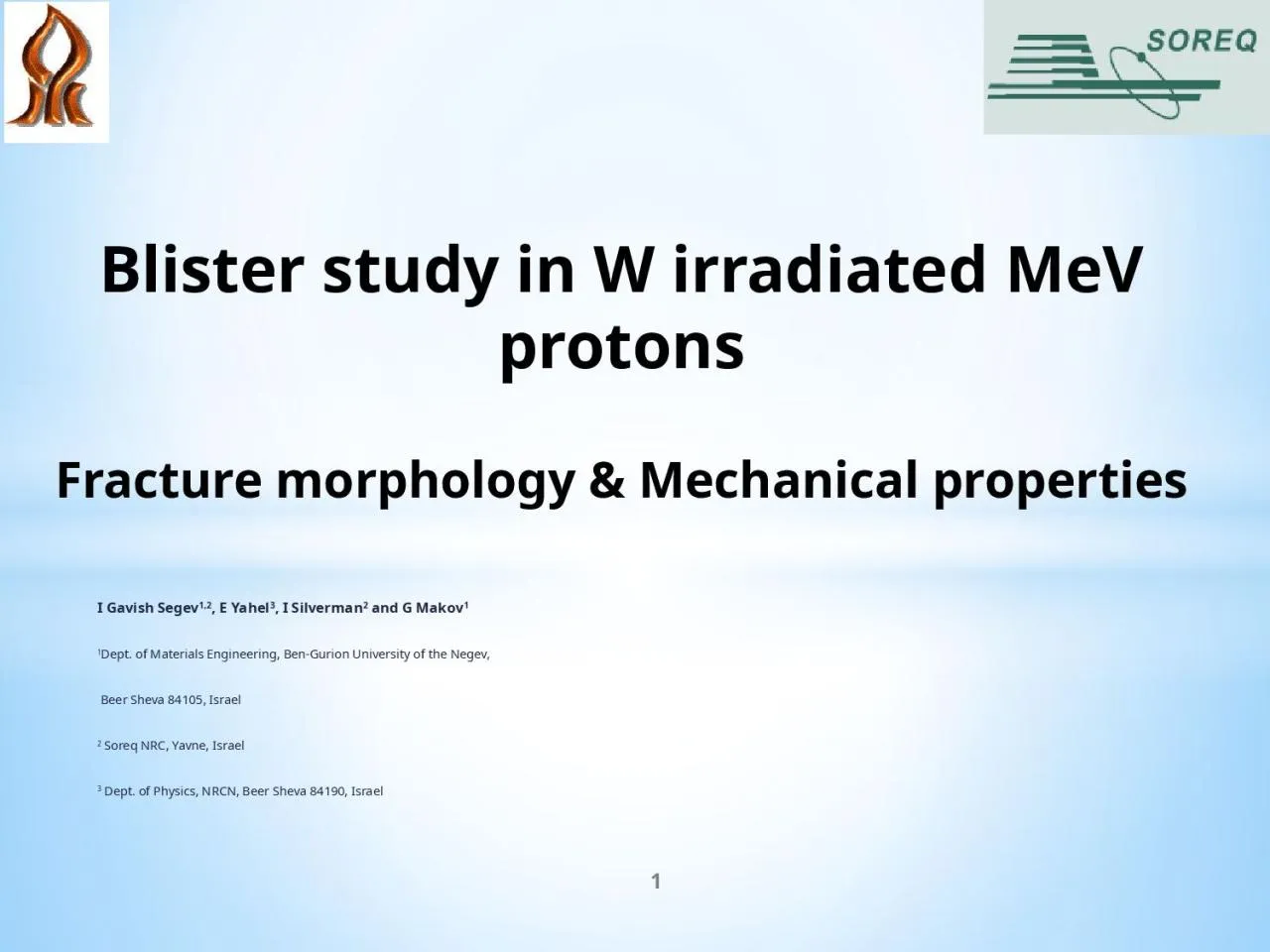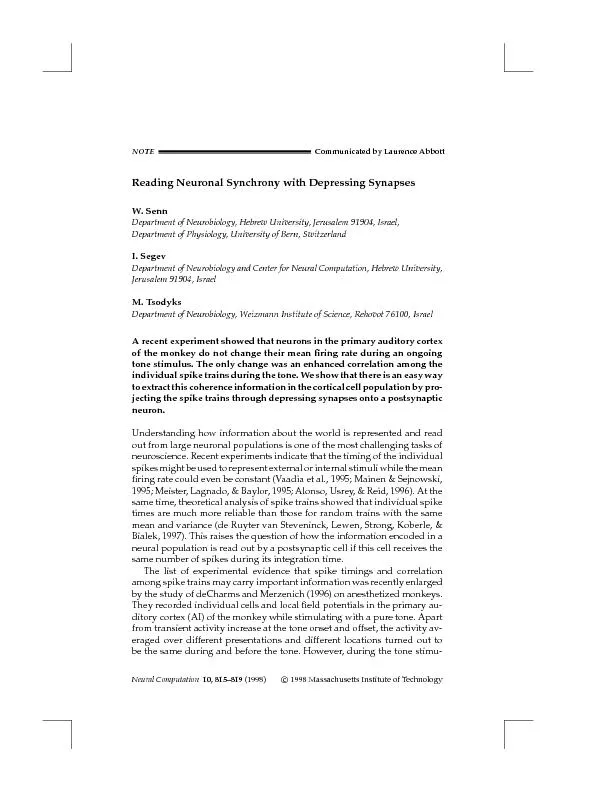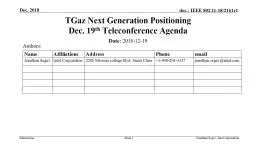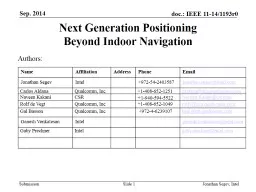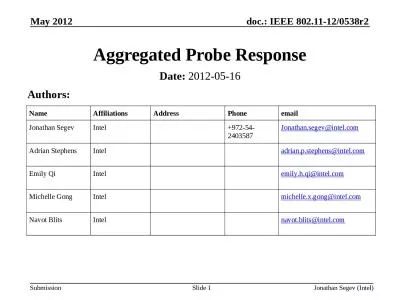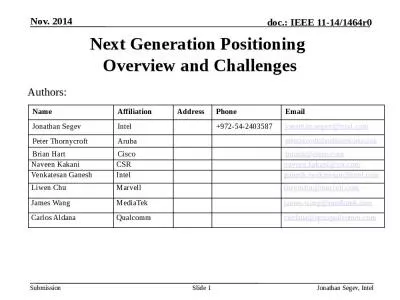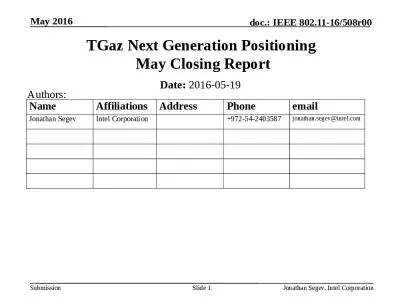PPT-I Gavish Segev 1,2 , E Yahel
Author : hanah | Published Date : 2022-06-01
3 I Silverman 2 and G Makov 1 1 Dept of Materials Engineering BenGurion University of the Negev Beer Sheva 84105 Israel 2 Soreq NRC Yavne Israel 3 Dept of
Presentation Embed Code
Download Presentation
Download Presentation The PPT/PDF document "I Gavish Segev 1,2 , E Yahel" is the property of its rightful owner. Permission is granted to download and print the materials on this website for personal, non-commercial use only, and to display it on your personal computer provided you do not modify the materials and that you retain all copyright notices contained in the materials. By downloading content from our website, you accept the terms of this agreement.
I Gavish Segev 1,2 , E Yahel: Transcript
Download Rules Of Document
"I Gavish Segev 1,2 , E Yahel"The content belongs to its owner. You may download and print it for personal use, without modification, and keep all copyright notices. By downloading, you agree to these terms.
Related Documents

